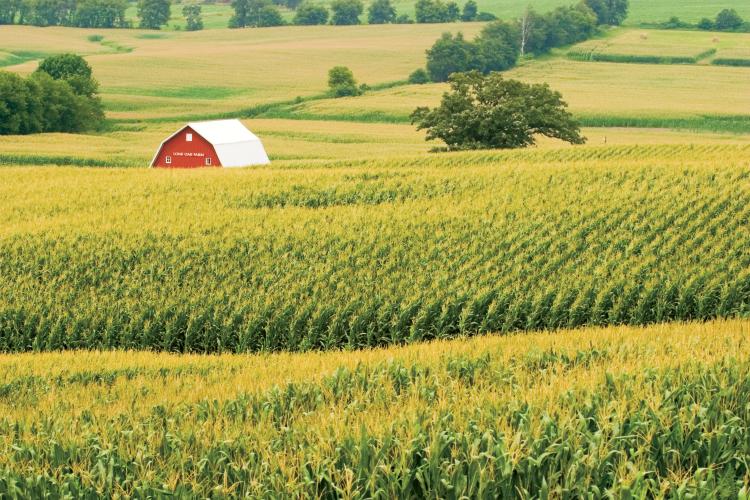The Illinois Conservation Reserve Enhancement Program (CREP), closed since 2015, is now available again to landowners in 68 counties covering two watershed regions in the state. State Representative Dan Swanson (R-Alpha) is encouraging farmers to consider this program if they think it could help them reduce costs and help the environment.
Farmers, ranchers and agricultural landowners with property prone to flooding and nutrient runoff have the opportunity to enroll in Illinois’ reopened land conservation program. The Illinois Conservation Reserve Enhancement Program (CREP) is administered by the Illinois Department of Natural Resources (IDNR) in partnership with the U.S. Department of Agriculture, Farm Service Agency (FSA) and is one of the oldest and most popular in the nation and an important tool in addressing natural resources conservation.
“Farmers are constantly looking for ways to save money on production overhead. Preventing expensive fertilizers and soil nutrients from running off during heavy rains and flooding makes good sense for them,” commented Rep. Dan Swanson, a farmer himself.
According to the Department of Natural Resources, Illinois CREP assists farmers, ranchers and agricultural landowners to improve water quality and conserve natural resources. Participants remove cropland and marginal pastureland from agricultural production and convert the land to grasses, trees or other approved vegetation. This improves water quality by reducing sediment and nutrients entering streams and rivers, and enhances fish and wildlife habitat in the project area.
In return, FSA provides participants with rental payments, a 50% cost-share payment for installing approved conservation practices, and incentive payments for certain practices. The State of Illinois provides a cost-share match in addition to a one-time payment for all land entered into an easement. CREP conservation practices include the planting of permanent native grasses, hardwood tree plantings, permanent wildlife habitats, shallow water areas for wildlife, filter strips, riparian buffers, wetland restorations, non-floodplain wetland restorations, and rare and declining habitat for prairie and oak savanna ecosystems.
Illinois CREP reopened for enrollments in June for the first time since 2015. Through Illinois CREP, federal and state resources are made available to program participants to voluntarily enroll in 14-to-15-year federal CREP contracts and a subsequent 15-year or permanent conservation easement with the State of Illinois. It expands the voluntary, incentive-based Conservation Reserve Program available through FSA to Illinois agricultural producers and landowners within the Illinois and Kaskaskia River watersheds.
“The CREP program provides additional support to private landowners who want to implement conservation practices to help reduce runoff, protect the soil and improve wildlife habitat in many instances,” added Rep. Swanson. “Who says we can’t find ways to improve the efficiency of farming and help the environment at the same time? This can be a win-win for everyone.”
The Illinois CREP includes all or portions of 68 counties in the Illinois and Kaskaskia River watersheds including Bureau, Henry and Knox Counties in the 74th District.
Interested farmers, ranchers and agricultural landowners are encouraged to contact the Illinois Department of Natural Resources, Farm Service Agency (CLICK HERE) or their local soil and water conservation district (CLICK HERE) for more information about enrolling in Illinois CREP.
